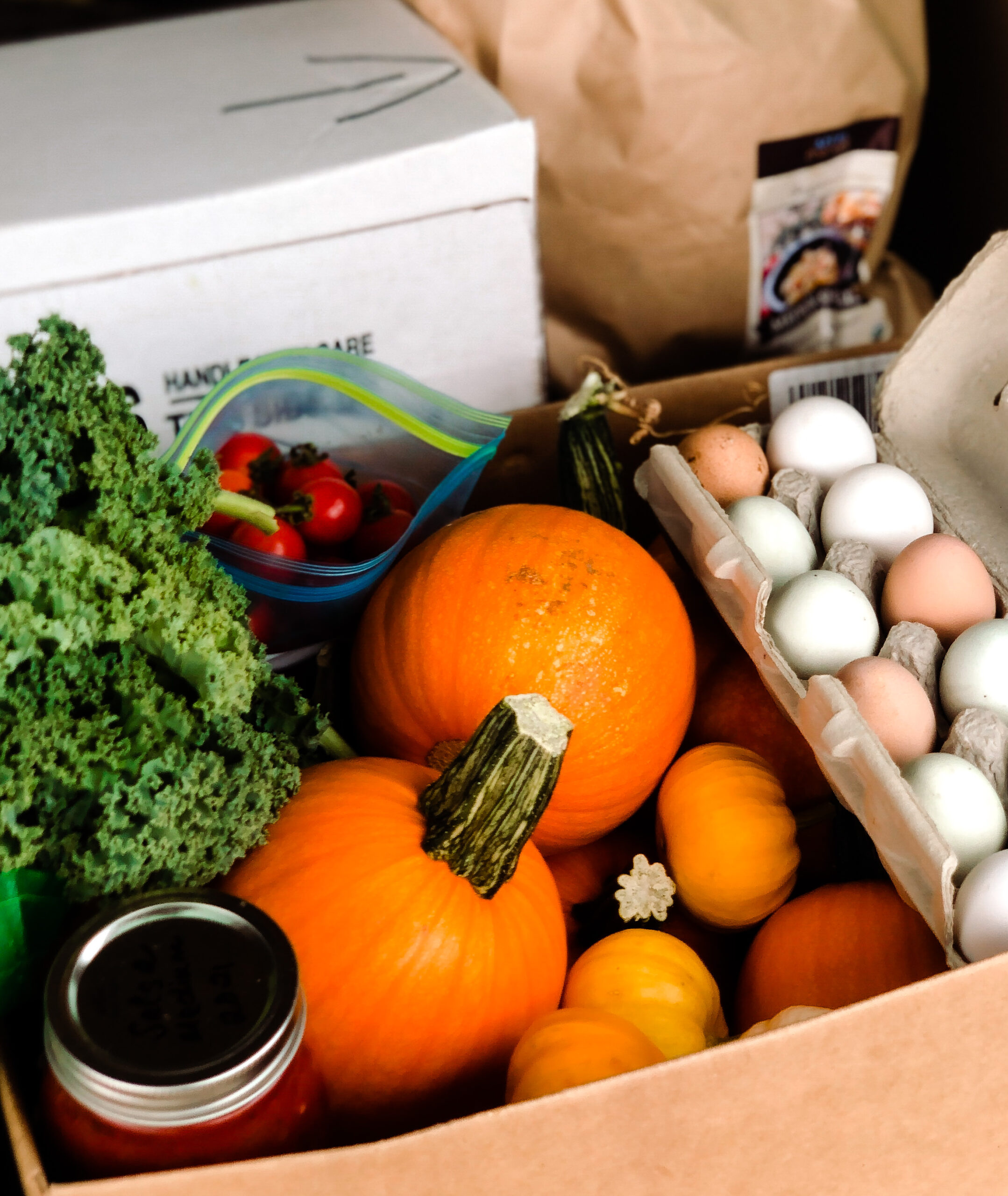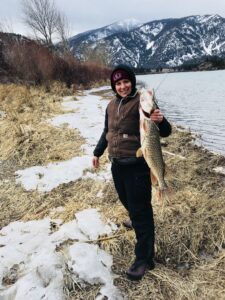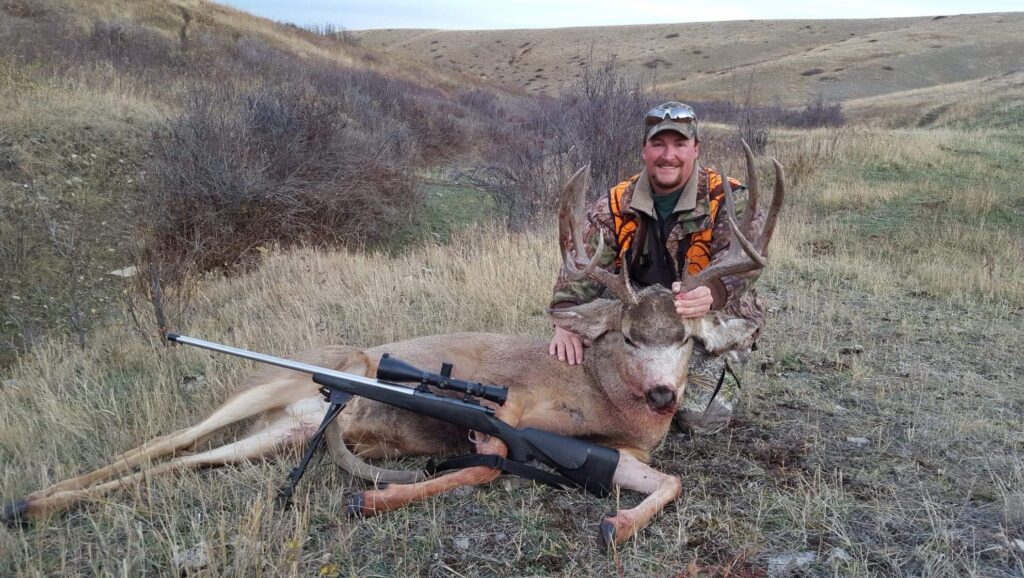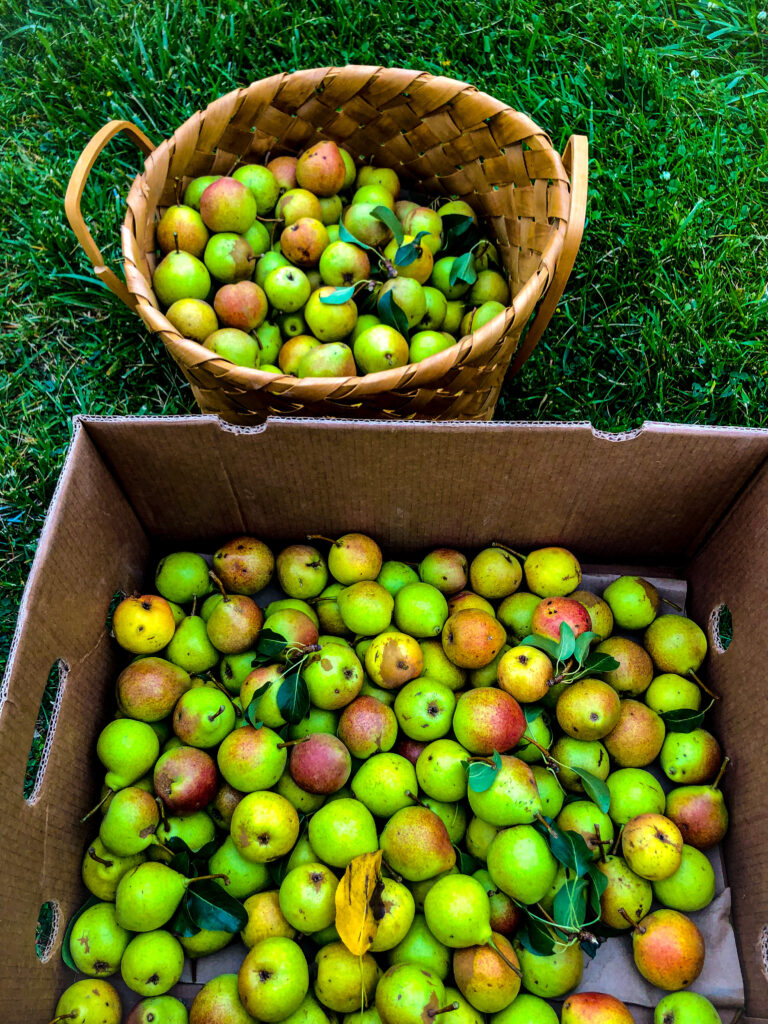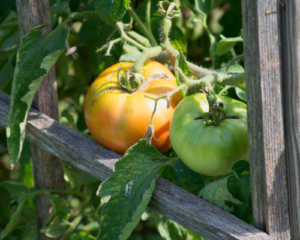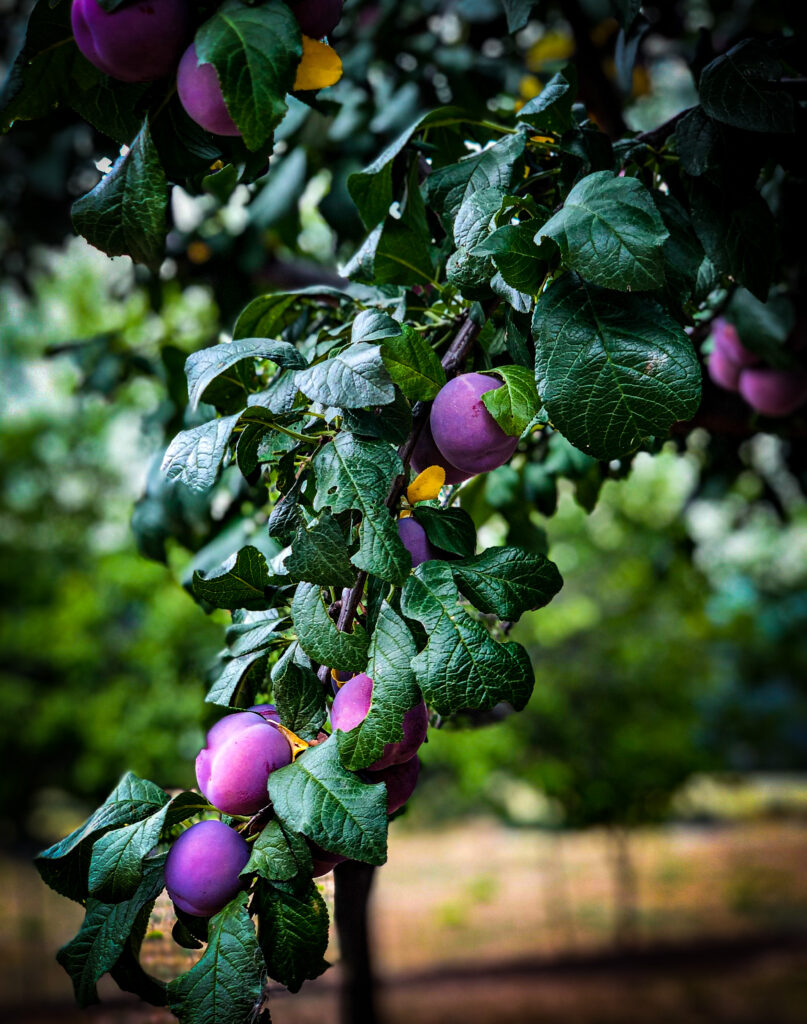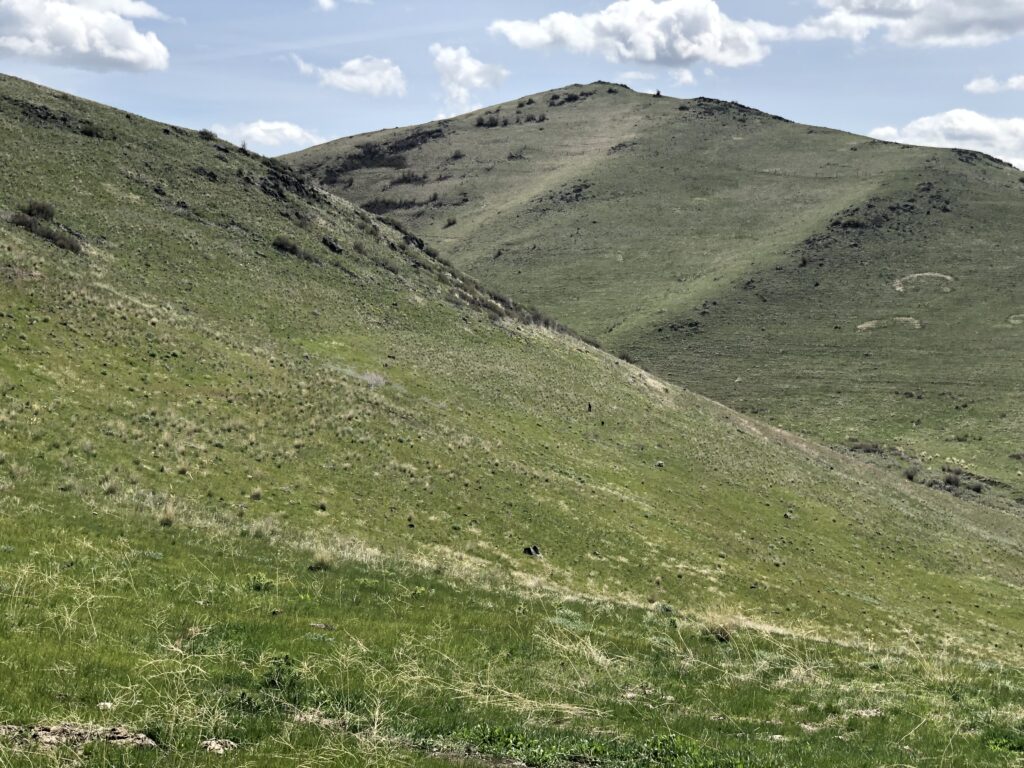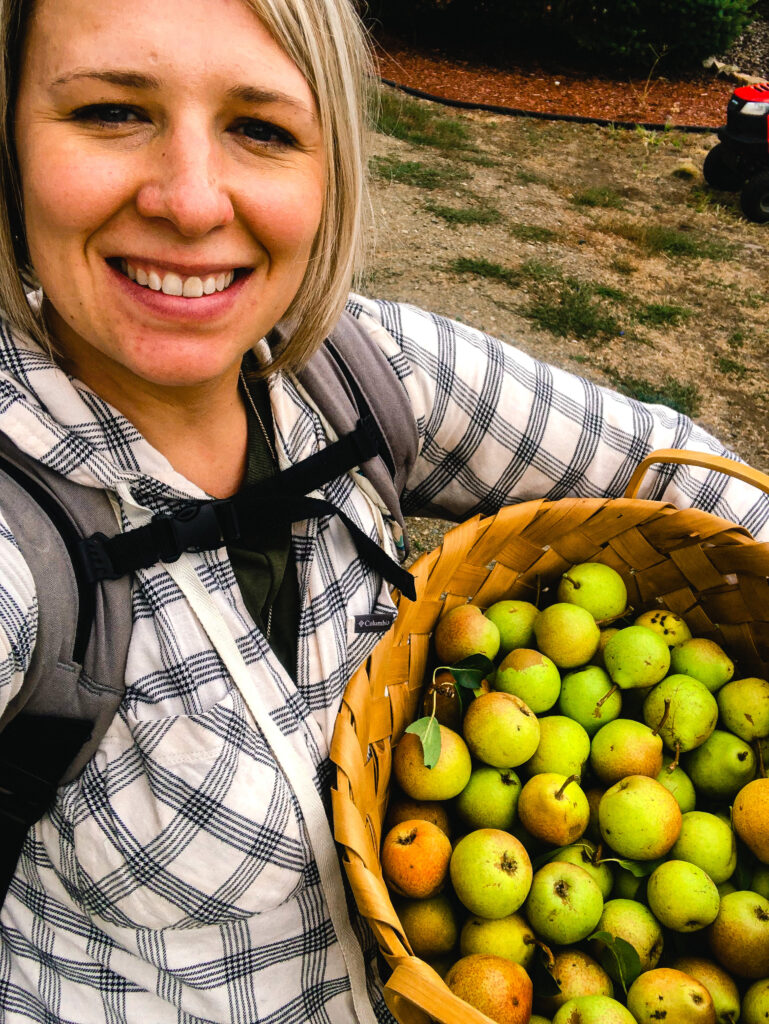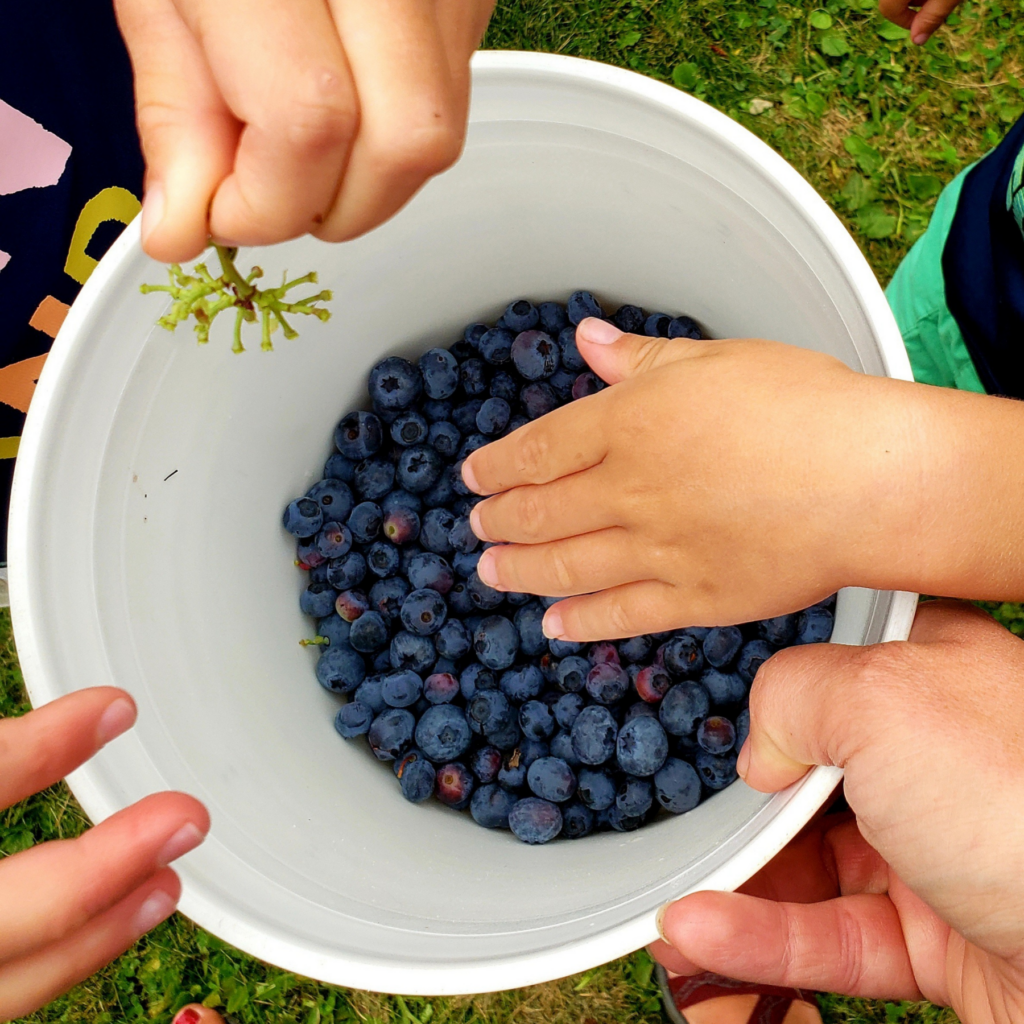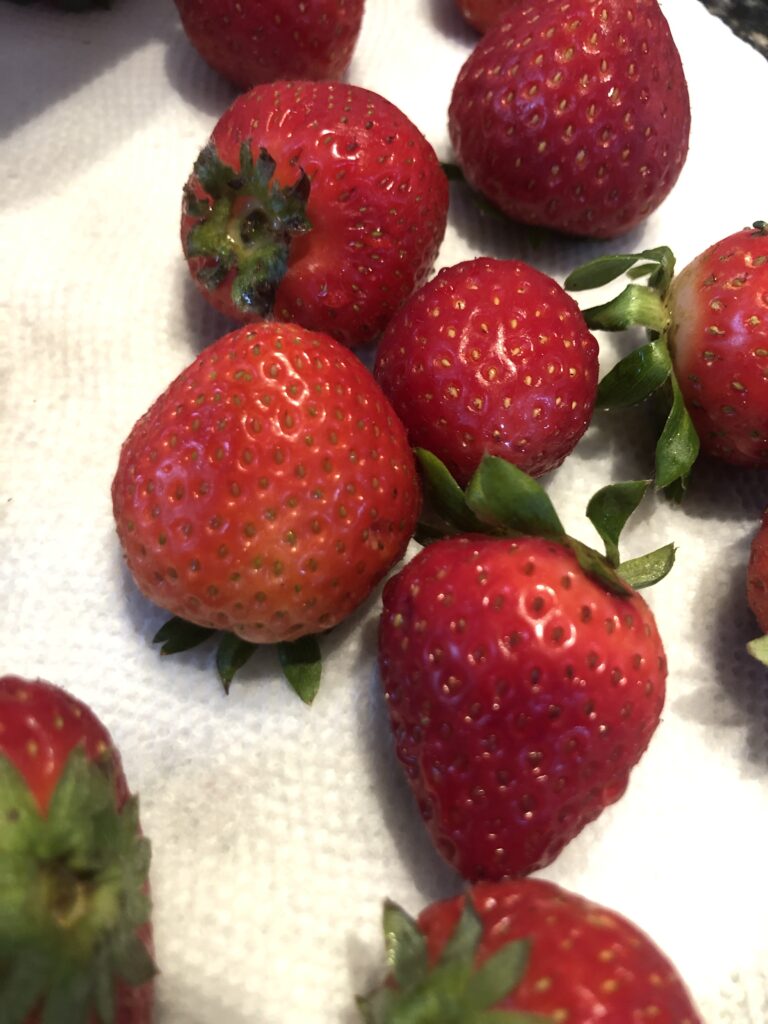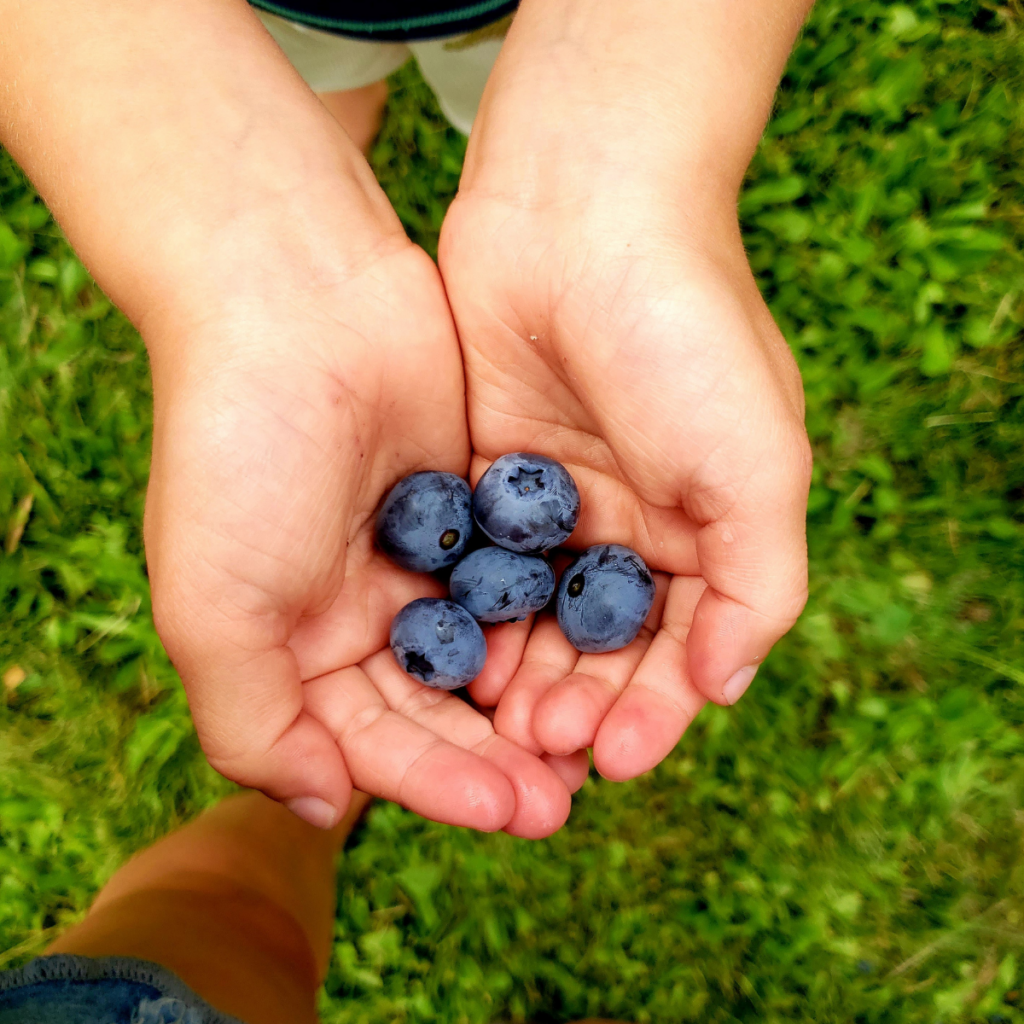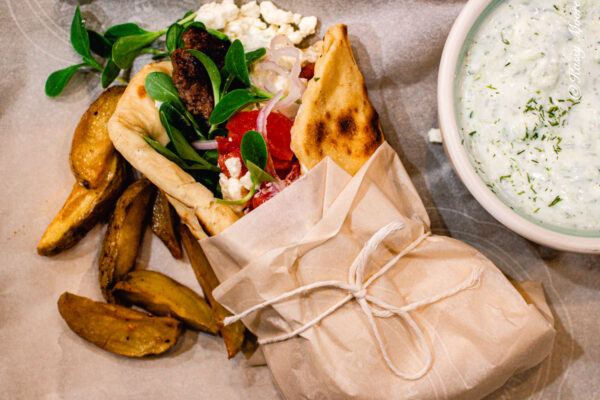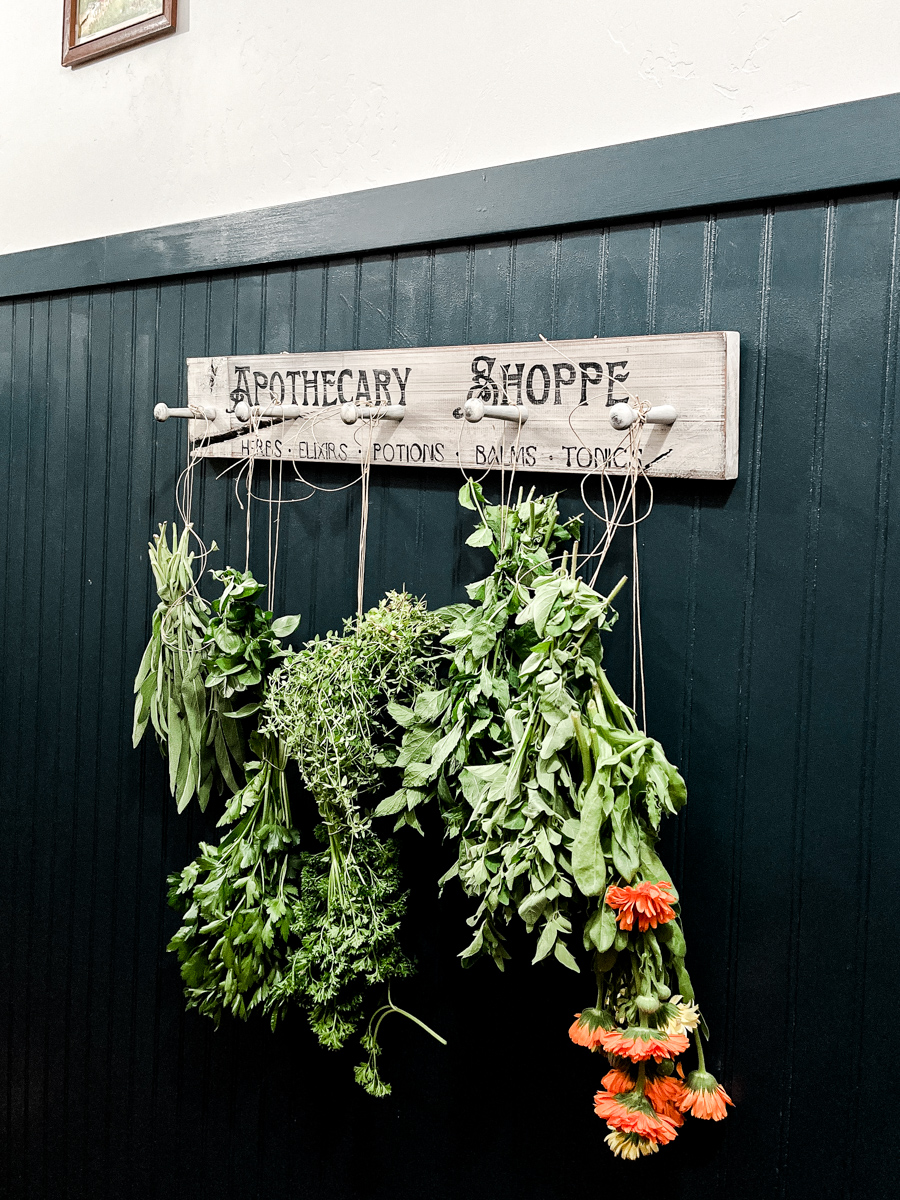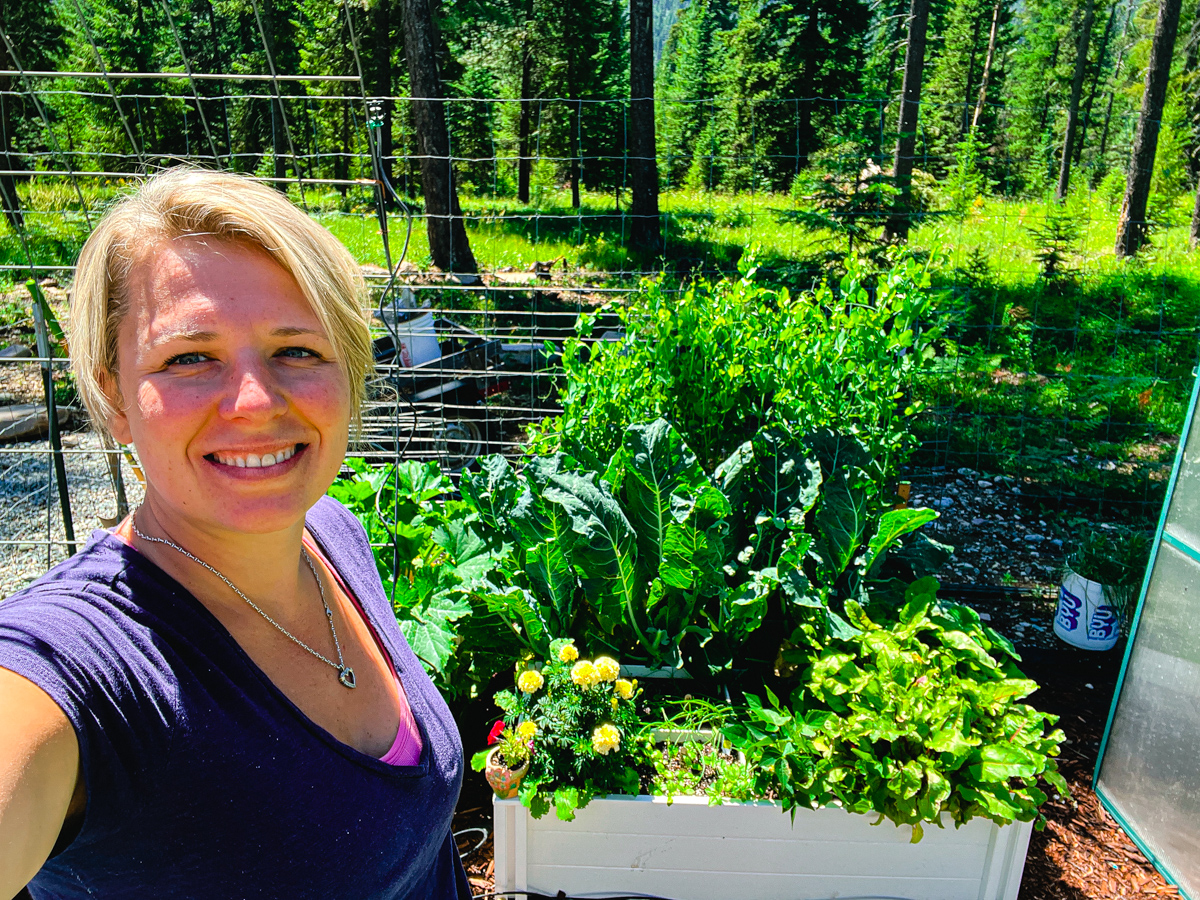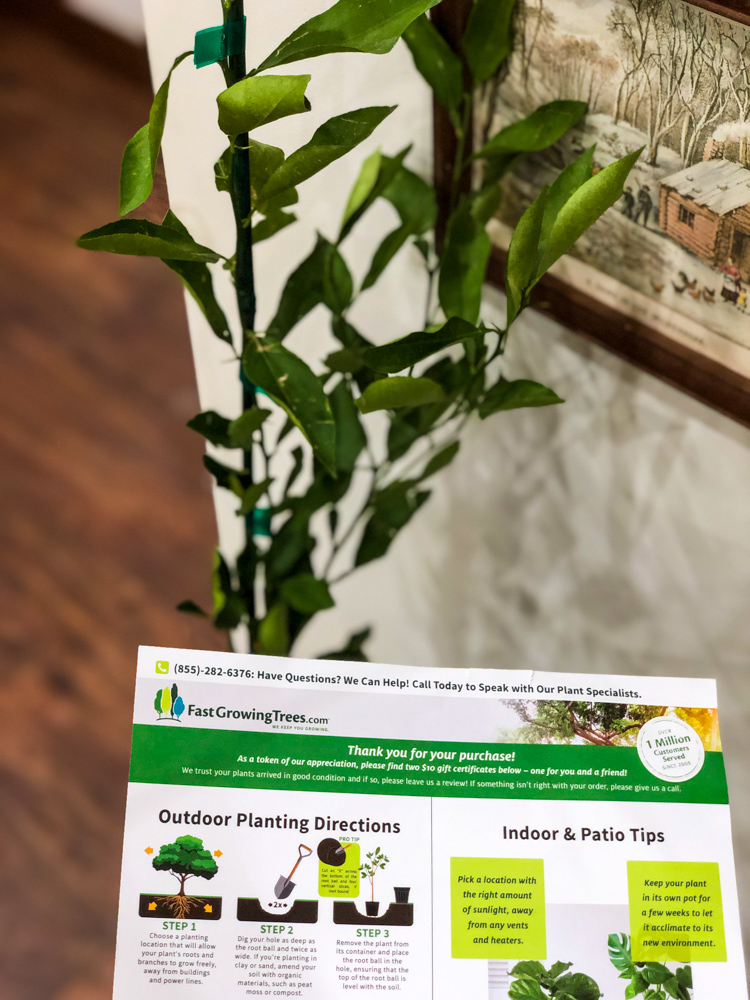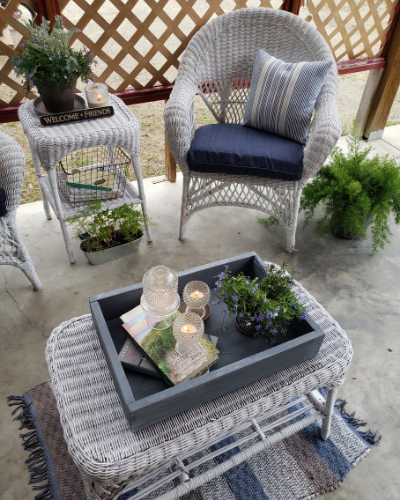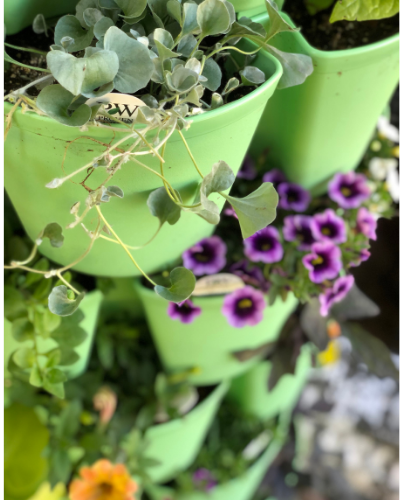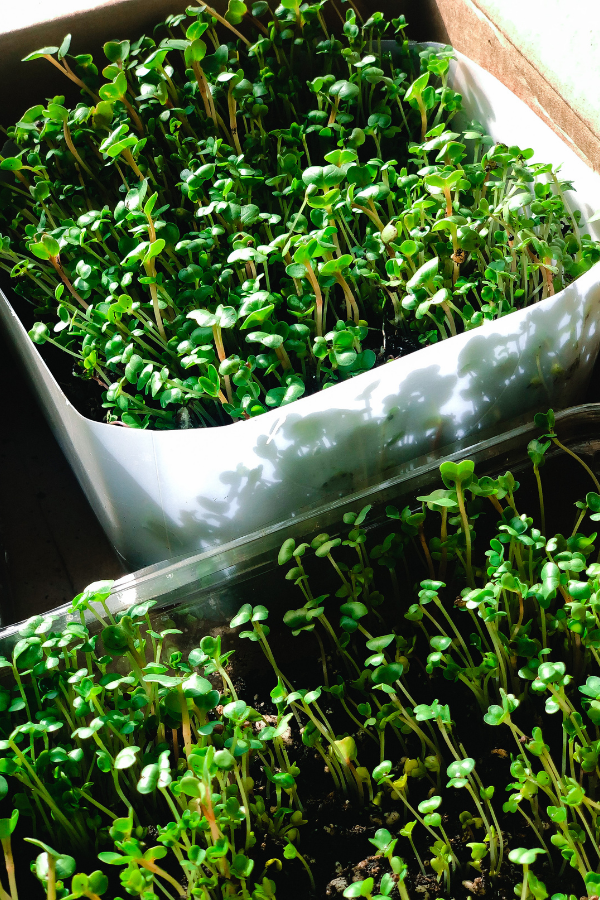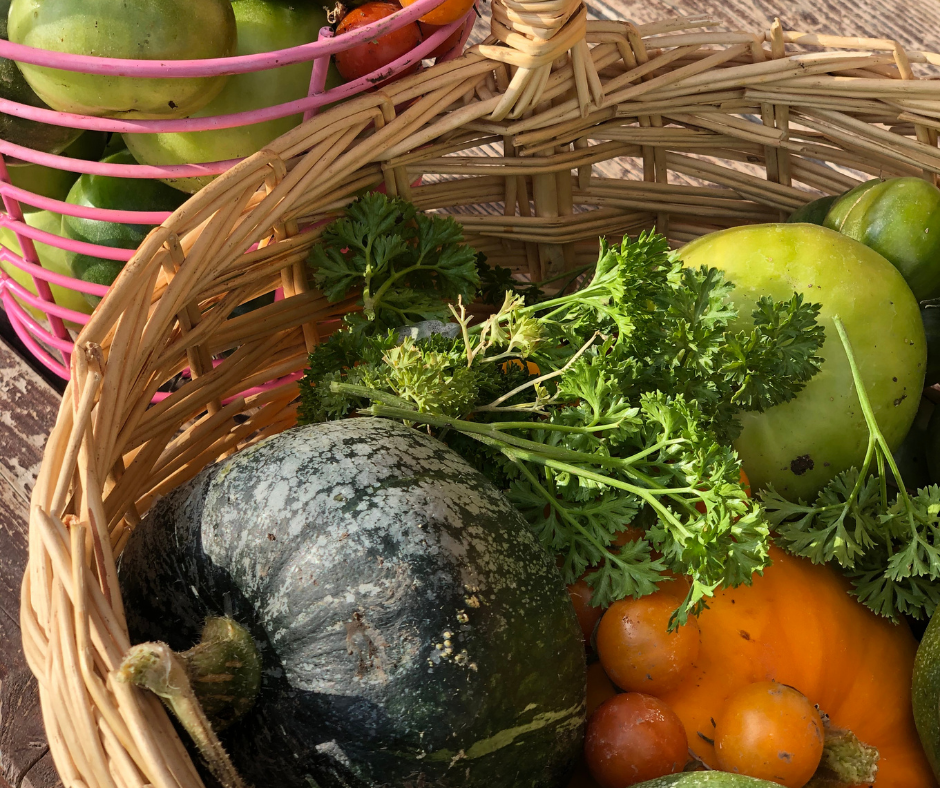After years, I have figured it out and here is how I choose Rural Living & still pull off sourcing Healthy Food. There are so many incredible benefits to living in the country. Rural living is peaceful and offers a buffer of protection against the hustle and the bustle & crowded chaos of the cities. I have never been a city girl and have always lived in Montana. I could never live anywhere else but still desire to eat and feed my family healthy food, organic as much as possible. Access to quality food that you don’t hunt, grow & harvest yourself can be difficult.
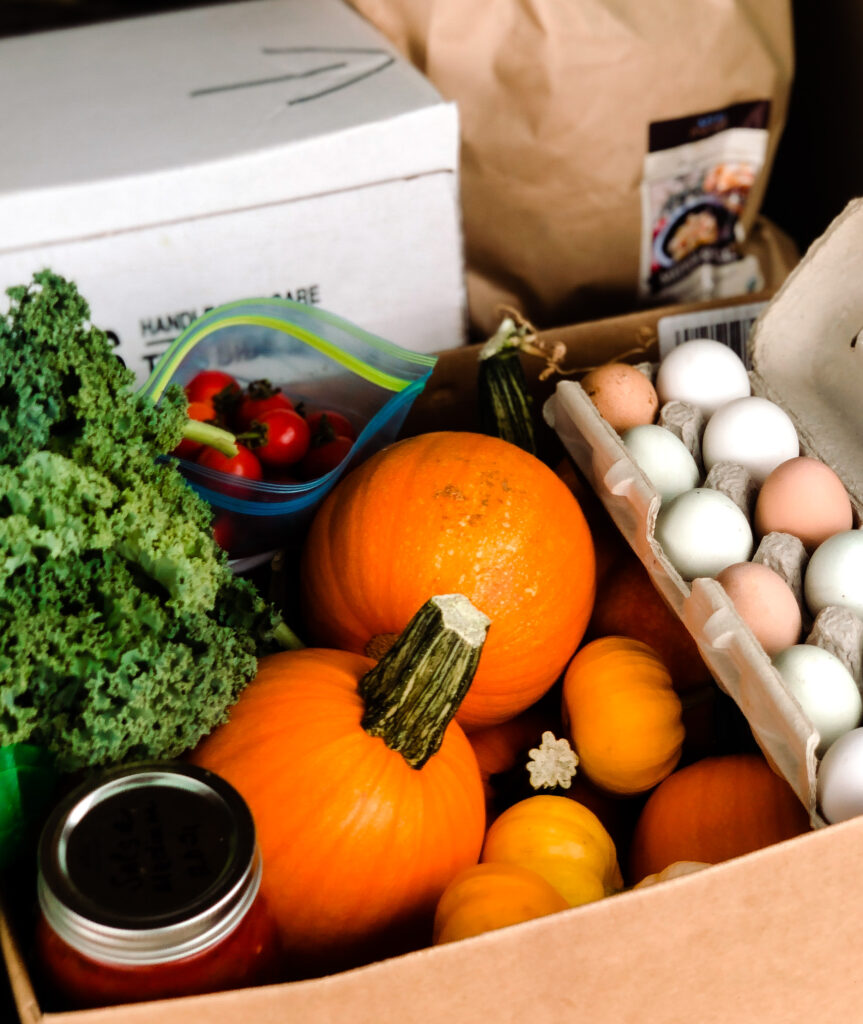
This post may contain Amazon Affiliate Links, which means I make a small commission at no extra cost to you. See my full disclosure at homemakingwithoutfear.com. Furthermore as an Amazon Associate, I may earn from qualifying purchases.
Living Rural & Sourcing Healthy Food: Hunt it, fish it, grow it & harvest it:
It is true that one of the greatest benefits to living outside the city is the freedom & space to harvest your own food. Many rural living families hunt and fish for a large part of their meat stores.

If we don’t hunt it ourselves then we support our local community and producers as much as possible. We turn to local ranchers and purchase domestic, farm/ranch raised meat by the whole, half or quarter animal. Often lasting relationships and friendships are made. It is really something to know EXACTLY how your food was raised and where it comes from.
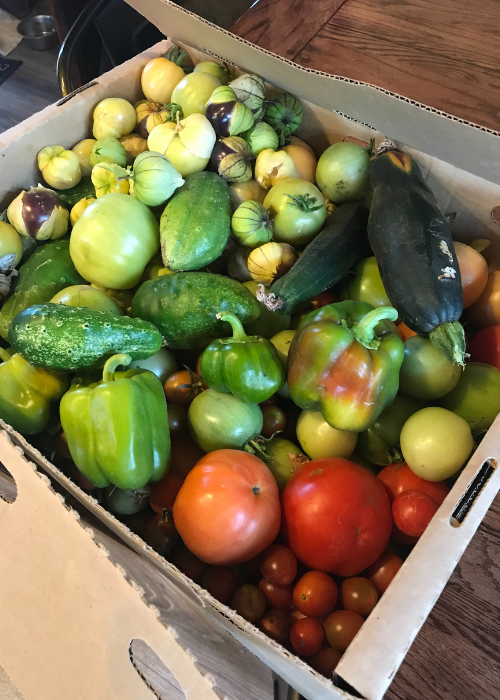
GROWING food is also a large part of living in a rural location and eating healthy foods. If you cannot grow your own then finding local farmers, producers and buying produce in season is KEY. Often in large quantitates at a time. Farmer’s markets are a great place to start.
Nearly everyone, even those with brown thumbs can grow SOMETHING! Maybe it is just herbs in a small flower pot on the deck.
Learn How to Garden EVEN in Small Spaces or Indoors!
If you don’t choose or can’t hunt, fish or grow your own food then how do you still live in the beautiful rural setting of your dreams AND still source quality healthy food for your family?
3 Tips to Sourcing & Always having HEALTHY food on hand EVEN when living Rural:
1. Buy in bulk when items are in season or on sale:
Buying in bulk can really save you a lot of money in the long run. Up front it may cost you a larger chunk so it is important to find good deals and also buy items in season.
Rural living often requires long drives to markets. Consider the time and gas savings when buying in bulk and shopping less frequently.
For example: sourcing a local farmer to purchase a whole or half hog may cost you $400 dollars up front but if you were to buy all the cuts of meat individually you would end up paying nearly double! Add in all the time and gas money for trips to the grocery and buying in bulk really saves time and money.
You must take into consideration QUALITY when you are price checking. You cannot compare a Walmart factory raised whole chicken to an organic, small farm, grain-free chicken for example. The small farm chicken will be more expensive but you PAY for what you get.
2. Stock up when you have space & the extra cash to do so:
If you have extra money in your grocery budget for the month OR if you can set aside even $10 per month for a “stock up” item that will get you a long, long way. Can you buy an extra package or two of rice, beans, grains, flour, oatmeal for the month? . . . They will store well and provide food security in the months to come.
Of course you must have STORAGE space for stocking up so make sure you plan for that ahead of time. Do you have extra freezer, pantry, cupboard or garage space you can devote to a bulk item?
3. Know how to store, preserve & keep food fresh.
Educate yourself ahead of time on how to properly store, save, preserve and keep food fresh as long as possible. Buying in bulk and stocking up only really works if you can keep the food as fresh as possible.
Make sure you know your inventory and eat the oldest foods first so nothing goes bad.

Here are some of my favorite tips for storing healthy foods after sourcing them-
Fruits: Wash well and use cold storage to make them last longer for fresh eating. Can, freeze or dry for longer term storage.

- Fridge: Wash produce well with a vinegar soak and store dry fruit in glass jars or containers in the refrigerator. They will last fresh for weeks!
- Can: Can fruit into jams or fillings.
- Freeze: Wash well, slice larger fruits and freeze spread out on sheet-pan. Put individual frozen chunks in large freezer bag.
- Dry: Wash slice and use oven, dehydrator or freezer dryer to dry fruit. Store in glass jars or ziplock bags.
A Few More resources:
How to Dry Peaches in Dehydrator by The Home Intent
How to Keep Berries Fresh, Strawberries in a jar by The Cross Legacy
Low Sugar No Pectic Strawberry Jam by Melissa K Norris
Canning: Reserving the Harvest with Kowalski Mountain
Veggies: FERMENTED is a very healthy way to preserve and consume veggies. Most veggies must be PRESSURE canned for safety, not waterbath canned. Wash, chop and package for freezing or storing in refrigerator for fresh eating.
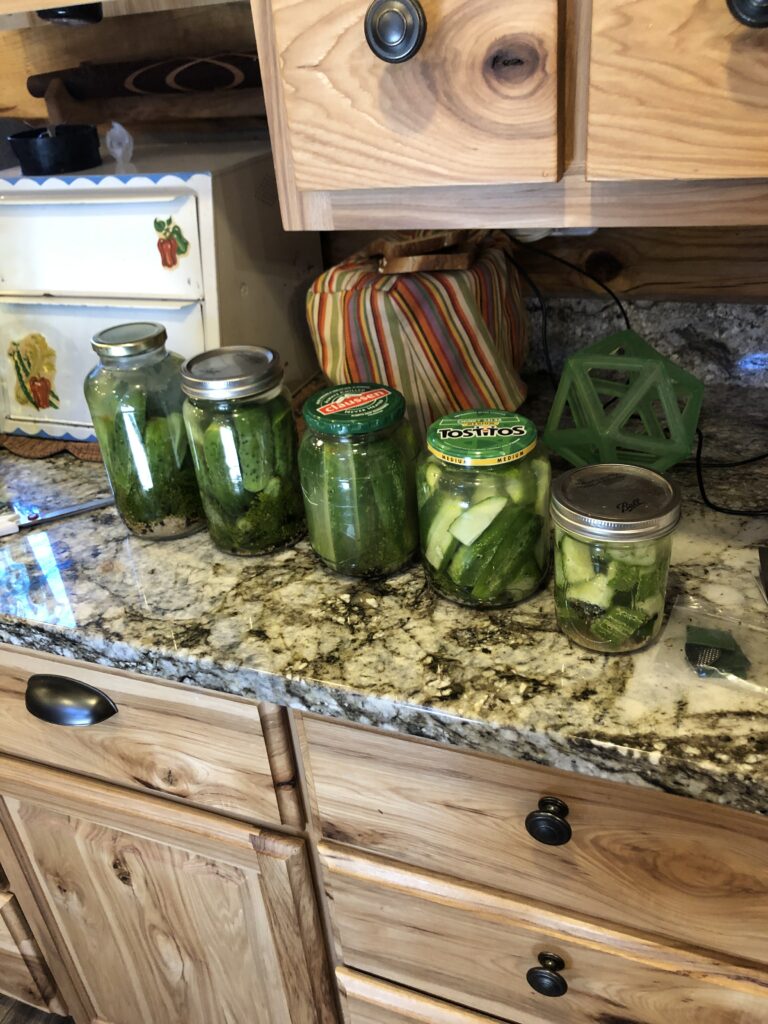
- Ferment: pickles, sauerkraut and salsas – so many veggies can be fermented with very few ingredients or tools.
- Can: Wash and pack jars, add liquid (sometimes salted) and PRESSURE CAN.
- Freeze: Wash chop and freeze in ziplock or vacuum sealed bags
- Fridge: Vinegar soak/wash, dry, chop and store in sealed glass jars or containers to keep extra fresh for weeks.
More resources:
Always check with your local extension office for canning safety regulations.
National Center for Home Food Preservation
Washing and Storing Lettuce by The Cross Legacy
Homemade Fermented Pickle Recipe by The Prairie Homestead
Meats: Freeze, Dry or Can. Meat must always be PRESSURE canned but can be done quickly and easily, even without precooking.
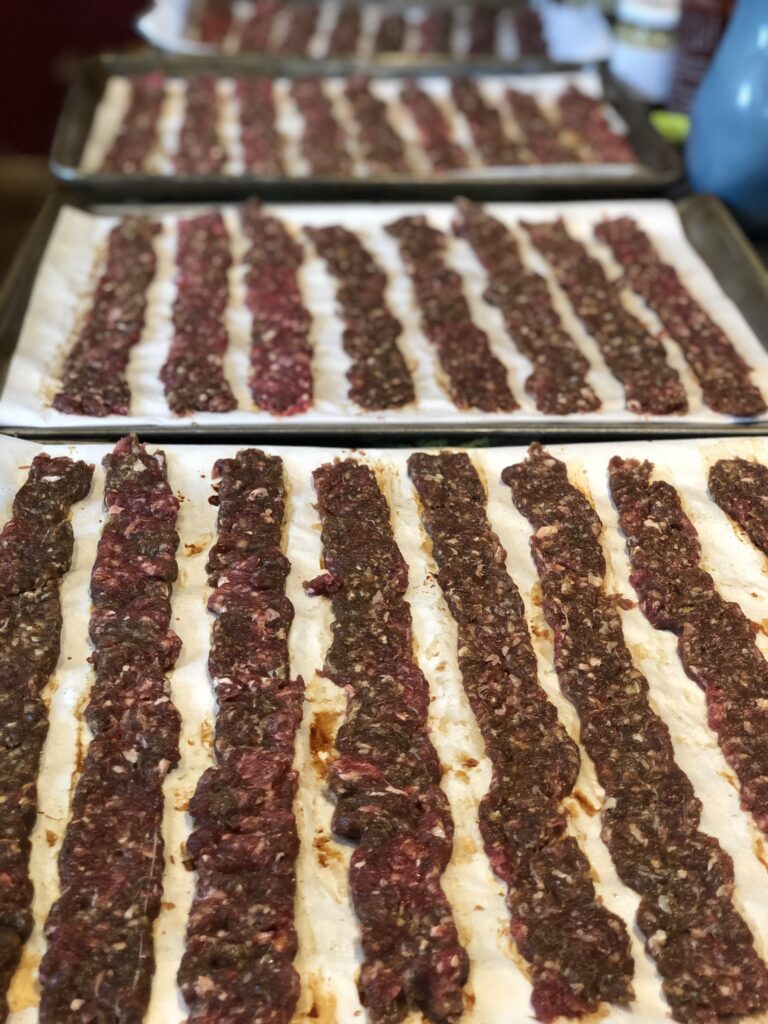
- Can Burger: Cook large amounts of burger in the oven (season if desired) then pressure can for later.
- Can Raw Chunks: Cut raw meat or fish into chunks, salt and pressure can. That’s it!
- Freeze: Use freezer paper or vacuum sealer to package cuts of meat and store in freezer.
- Dry: season and dry thing slices or thin flat patties or strip of burger in the oven or dehydrator for jerky.
- Don’t toss the FAT – consider rendering it for cooking and use in skin care products!
More resources:
Canning Hamburger and Hot Pepper jelly by Three Rivers Homestead
How to Render Fat the Simple Way by The Home Intent
Step by Step Tutorial for Canning Meat (Raw Pack Method)
Dairy: Butter, Milk and hard cheeses can all be frozen without affecting taste or flavor too much.
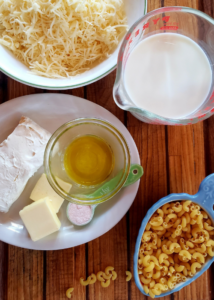
- Freeze: Make sure to allow headspace for expansion when freezing milk. Allow to thaw in refrigerator and drink like normal. Butter can be frozen right in wrappers & box they come in. Just thaw on counter night before you wish to use it. Hard cheese can be cut into smaller chunks or even shredded. Package and freeze in freezer bags or vacuum seal. (soft cheese, sour cream, cottage cheese and cream cheese does not freeze and thaw well)
More resources:
How to Freeze or Freeze Dry Milk by Homesteading Family
How to Freeze Milk by Azure Standard
Can You Freeze Cheese by the Pioneer Woman
Eggs: Fresh unwashed farm eggs can last a long time out on counter at room temperature. Eggs last even longer in the refrigerator but the can also be frozen or placed in a lime solution for long term pantry storage.
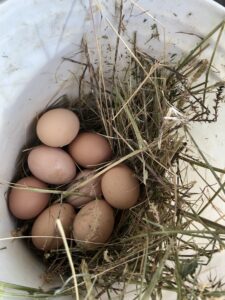
- Freeze: by cracking in individual muffin tins or ice cub trays, pop them out and store in ziplock bags. These work great for recipes or scrambles. Alternatively freeze eggs by scrambling multiple and pouring in freezer safe container. Thaw in fridge and scramble.
- Water glassing: is another way to preserve eggs. Do this be submerging eggs in a hydrated lime solution in a food grade tub or bucket. Water-glassed eggs can last weeks or months!
More resources:
Historic Egg Preservation with Homestead Family (Water-glass method)
How to Freeze Chicken Eggs (3 ways!) by MOMables
Breads: Freezing
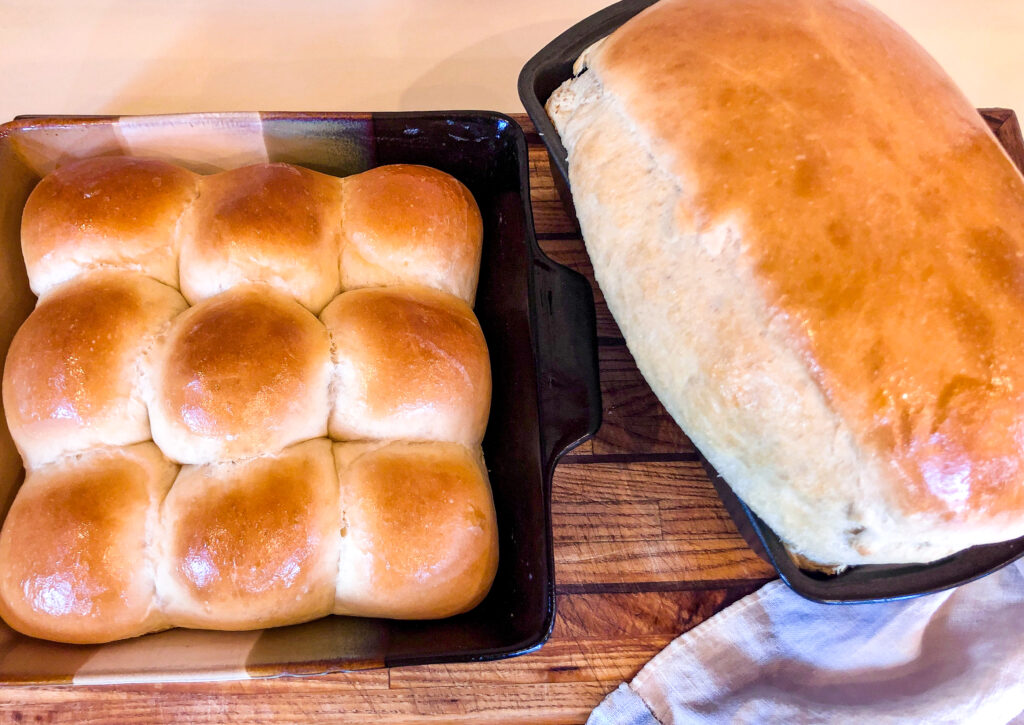
- Bread loafs, muffins or tortillas can all be wrapped or placed in freezer save bags and frozen. Just take out and let thaw at room temperature the day before you would like to use.
More resources:
How to Freeze Bread for Maximum Freshness
Learn even more about Home Food Storage HERE with Juliea of Farmhouse Harvest
Learn More Tips to Prepare for Food Shortages with The Unexpected Gardener
So What are the Options for Sourcing Healthy food & living rural?
#1 Find a LOCAL Source

Local is KEY. What is grown & produced where you live. The BEAUTY of the country is that THIS is where a lot of our food actually comes from. Chances are good there is a farm or ranch not far from you that could provide you a healthy source of food.
Don’t know where to start? I recommend LocalHarvest to find local sources of fruits, meats, dairy, eggs, coffee, teas, baked goods and so much more. But don’t get discouraged if nothing shows up on this quick search. Ask around! You would be surprised what others are happy to share and recommend.
#2 Attend a Farmer’s Market or Locate a U-Pick farm
Search online for Farmer’s Markets in your area. While you are there talk to people especially those who run the stands.
Often you can establish relationships with farmers/gardeners that allow you to purchase more directly or in bulk from their stores farms & gardens.
U-pick type farms are a great source for quality fruits & vegetables. You often pay by the pound and because you harvest it yourself it is usually less expensive than buying it outright from the farms. Definitely ask around and search for these types of farms!
#3 Join a Community Coop!
What is a food coop? It the BEST option when you can’t find what you need from local producers.
A food coop or co-op or cooperative is a food distribution system organized as group of individuals rather than private or public companies. Food Coops typically carry only HIGH QUALITY foods and it is very community centered.
If I cannot hunt, fish or grow my own food or support local Farmers & Ranchers, my FIRST choice in sourcing quality food is joining a community co-op!
My family has always lived rural & still manage sourcing healthy foods. Get a close look at what I order from Azure Standard!
Azure Standard – My FAVORITE way of sourcing healthy food while living rural!
Azure Standard is a Organic, Non-GMO food co-op.
Pros: They have very high food quality standards, organic principles and ethical practices. Read more about Azure core values Here. You can join for FREE, create your order online and enjoy healthy, high quality foods, produce, frozen foods, BULK foods, animal feeds, household products and so much more.Azure delivers around the country to “community drops”. You just pickup your order and take it home. Food packaging is kept to a minimum and recycled boxes are used to package individual orders. Pickup your boxes at your community drop location. Azure Standard produces their food in the US or sources foods from vendors who are very carefully chosen. NON GMO, certified organic and glyphosate free organics. Read More About Azure Product Standards Here.
I get MOST of my groceries from Azure Standard and have been super impressed with their products.
Cons: You don’t get to pick the drop-off day. They notify you by email ahead of time and you must plan to be available. This may limit some people. Sometimes items sellout and if you don’t check your email, you may not know something didn’t ship and miss the opportunity to exchange it for a different item. Orders drop every 2 weeks or once a month so there is a longer wait time between orders than some are used to.
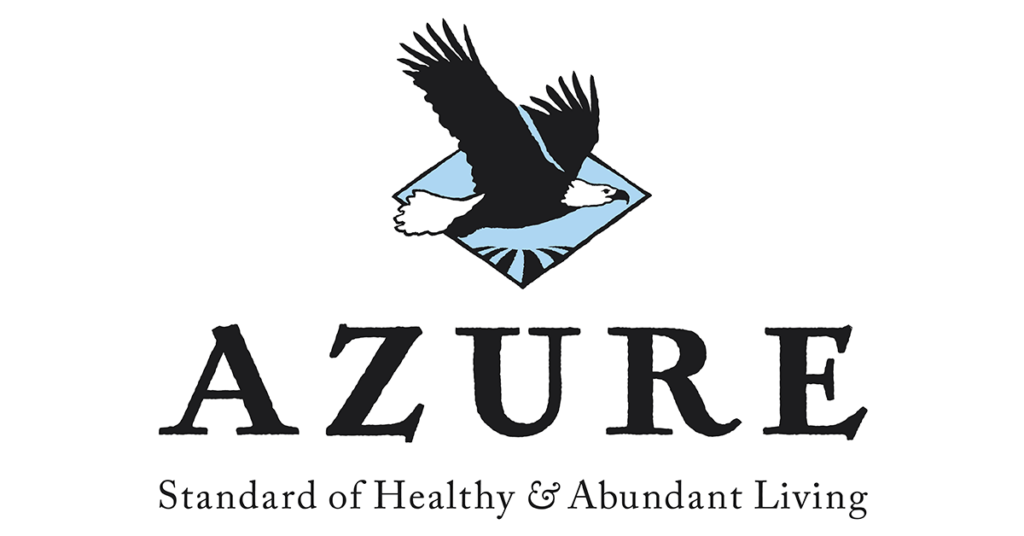
Azure Standard’s commitment to QUALITY foods and also support of small, local family farms is something I highly value. Azure was a life saver for me during COVID while I had a new baby. I can’t love them enough and want to share the blessing that they are with my friends. CLICK HERE TO GO TO AZURE STANDARD AND SHOP QUALITY, ORGANIC LOCALLY PRODUCED FOOD DELIVERED TO YOUR COMMUNITY!

Suani Keeper of our Home shares here experiences with “Buying Organic Food Online. . .” & Azure Standard
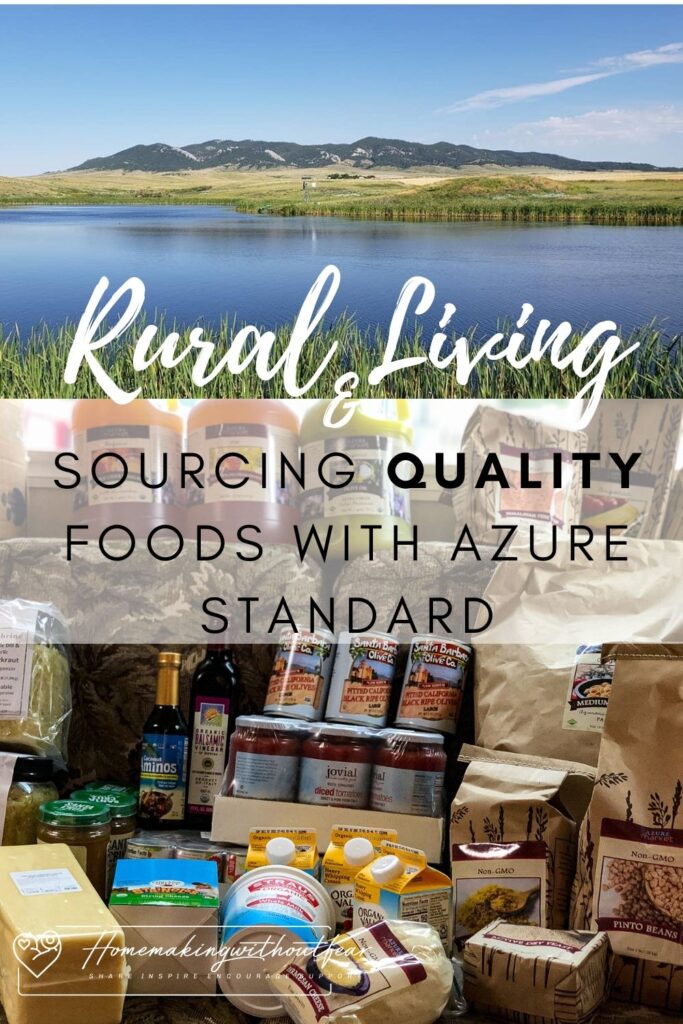
Bountiful Baskets
Bountiful Baskets is a volunteer run”purchasing community”. It works by signing up and paying a ” contribution” for a mixed basket of produce. Directors will pool money and purchase purchase bulk produce at discounted prices. The produce is then split among those who have made a contribution.
Pro: Diversity of fruits and veggies. There is an organic option for a bit more money. Drop locations support community mingling and getting to know others with similar values. Unique an unusual foods in the mixed baskets may push you to try new recipes.
Con: you don’t always get to pick the produce you want. You get a mixed bag of sorts. Many of the foods are still sourced outside of the US. Learn more about bountiful baskets HERE.
#4 Order Online
Big Box Stores like Target, Walmart, Amazon Pantry & Costco
- Pros: Some stores do deliver produce, refrigerated & frozen items if a minimum order is reached. There is a large variety of items to choose from. Get food but also other household items.
- Cons: Some stores may not offer shipping to rural areas or if they do it take a while. Shipping cost can also be a concern. Orders are typically limited to only certain items or there is a minimum order to have certain items delivered. Many box stores will not deliver refrigerator cold or frozen items for example. Organic options at these types of places can be limited as well. Some online stores like AmazonPantry require a Prime Membership to get free shipping.
Thrive Market
- Pros: They have excellent quality items and the Thrive Market brand is priced very affordably. They have quality organic foods and competitive prices. Household, pantry, vitamin & supplement options are excellent.
- Cons: They do not deliver produce, fresh or frozen items. In my experience they also ship their items with TONS of extra packaging. While I appreciate my items being safe it is a lot of plastic bags, packaging and extra boxes. You must pay a monthly or yearly membership. you do get a discount for paying yearly though.
While not my first choice, I do enjoy ordering from Thrive Market to fill in the gaps in my pantry or household supplies. They have wonderful spices, unique sauces and condiments as well as an impressive selection of vitamins and supplements. CLICK HERE TO ENJOY 30% OFF YOUR FIRST ORDER WITH THRIVE MARKET
Amazon Pantry
Pros: There is a lot to choose from. All kinds of household and pantry items.
Cons: you have to pay for a Prime Membership to get free shipping and lately their shipping has been unreliable at best. Post COVID, 2-day shipping for Prime Members actually takes more like a week to arrive. Amazon also does not sell produce, refrigerated or frozen items. Also prices can sometimes be quite inflated. . .Que toilet paper, paper towel & hand sanitizer craziness!
$50 for 3 rolls of toilet paper – No thank you!!
Meat Delivery – Good Chop, Butcher Box, Crowd Cow, Wild Alaskan Company
I don’t personally have any experience with online meat delivery. All these sites appear to be very similar in their offerings. Beef, pork, chicken and seafood. Grass fed, organic, wild-caught options are offered.
I wonder exactly where they do ship and where they don’t. One thing to keep in mind with shipping frozen items in the mail is what happens if it gets held up somewhere or if it gets left out on your porch? Most boxes like these are well packaged but in my experience, companies like this don’t understand how rural some homes can really be. . . or the challenges of USPS, UPS and FedEx with rural rout addressing! I would be cautions but also willing to try these, especially for seafood since it is very hard to source in Montana.
Does anyone living rural have personal experience sourcing healthy food from any of these online companies? What are the pros and cons?
Meal Delivery Services – HelloFresh, BlueApron, Home Chef, Every Plate etc.
- Pros: fresh produce and refrigerated/frozen foods are delivered right to your door. You can pick your meals, servings and set the delivery to come automatically. Pause or cancel when you like. Many offer Coupons. Great for portion control. Cooks quickly.
I have personal experience with Hello Fresh only and my daughter really loved it. The recipes were delish and the colored recipe cards are easy to follow. Food is prepackaged and pre-portioned so it made preparing meals fast, fun and easy. CLICK HERE IF YOU WOULD LIKE TO TRY HELLO FRESH AND GET $90 OFF YOUR FIRST ORDER
- Con: While less expensive than eating out all the time, these delivery services can be quite expensive. Once in a while it is nice to have a break or change things up and try different food. But, I would not think this to be a long term financially viable option for many families. You typically do have to sign up for a meal plan and pay ahead of time although they tend to make cancellations pretty easy. Lots of packaging is a bummer. Many boxes I received had produce that was wilted and not very fresh after traveling all the way to Montana!. One box was missing a recipe card completely
*** BY CLICKING AZURE STANDARD, THRIVE MARKET & HELLO FRESH LINKS I DO EARN CREDIT FOR REFERRAL AT NO EXTRA COST TO YOU.
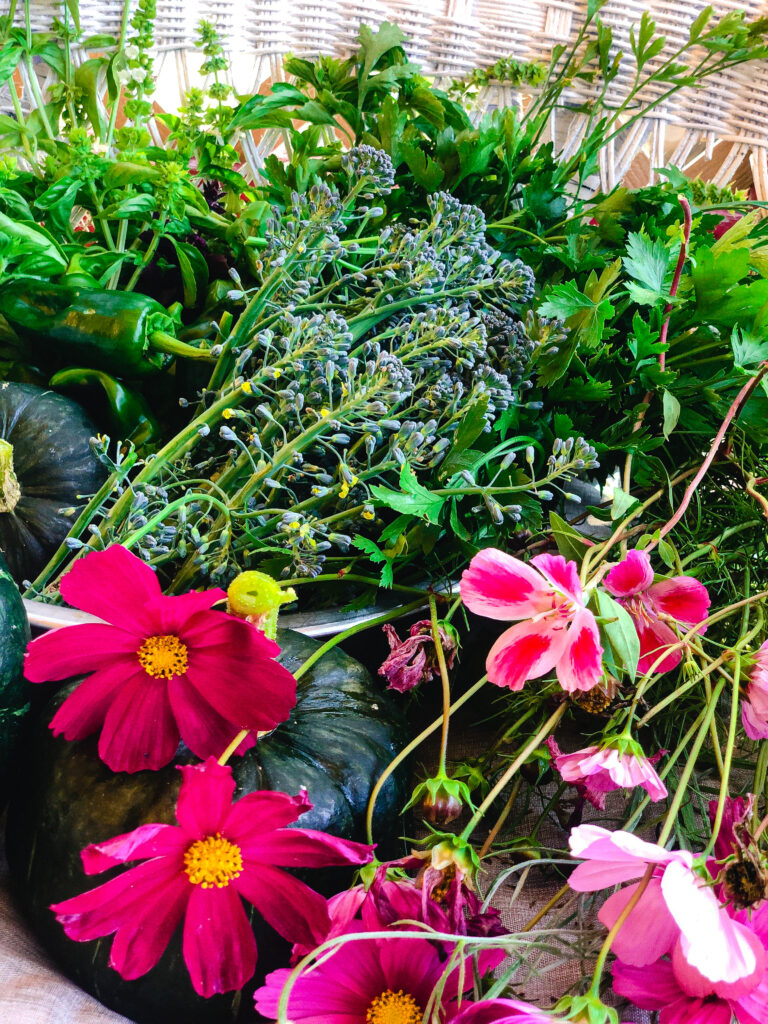
Hi Friend,
I hope these practical tips & ideas help you enjoy living an any rural area but still manage sourcing healthy, quality food for your family. I know there are some other options out there. What sources have you found to be helpful? Leave me a question or comment below. I’d love to hear from you!

Learn Even More about Food Security Here!
Pin it for Later


